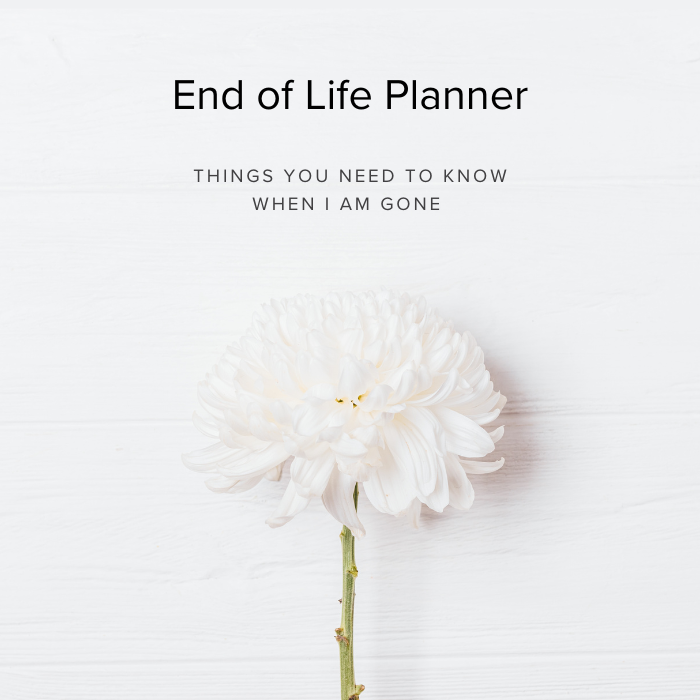Things you need to know when I am gone
Clarity and Peace of Mind An end-of-life planner provides a structured framework for individuals to articulate and document their wishes. This clarity can bring peace of mind to both the individual and their loved ones, reducing uncertainty during a challenging time.
Relieving Burden on Loved Ones Crafting an end-of-life plan relieves the burden on family members and friends who would otherwise be tasked with making critical decisions without clear guidance.
Preserving Peace and Unity End-of-life planners act proactively to foster peace by promoting clarity regarding end-of-life wishes.
Things you need to know when I am gone

Explore Our End-of-Life Planner Features
Plan. Collaborate. Honor.
Memoria Page Online Obituary
Always in our hearts and never forgotten.
Online Obituary Ensure their milestones live on. Create a Online Obituary to honor their life and legacy.
Eulogies Share heartfelt eulogies with family and friends, preserving the essence of your cherished one's life.
Events Keep friends, family, and the community engaged and informed as we come together to remember and celebrate a beloved legacy.
Tributes Share condolences, memories, or photos with family and friends. Help keep their memory alive and provide comfort.
Always in our hearts and never forgotten.

Beautiful, easy to use, and completely customizable design
Choose your free Memoria Page cover design.









 End of Life Planner
End of Life Planner

 Funeral Checklist
Funeral Checklist

 Funeral Planning Guide
Funeral Planning Guide

 Knowledge Base
Knowledge Base

 Marketplace
Marketplace

 Memoria Page
Memoria Page




 Memoria Marketplace
Memoria Marketplace